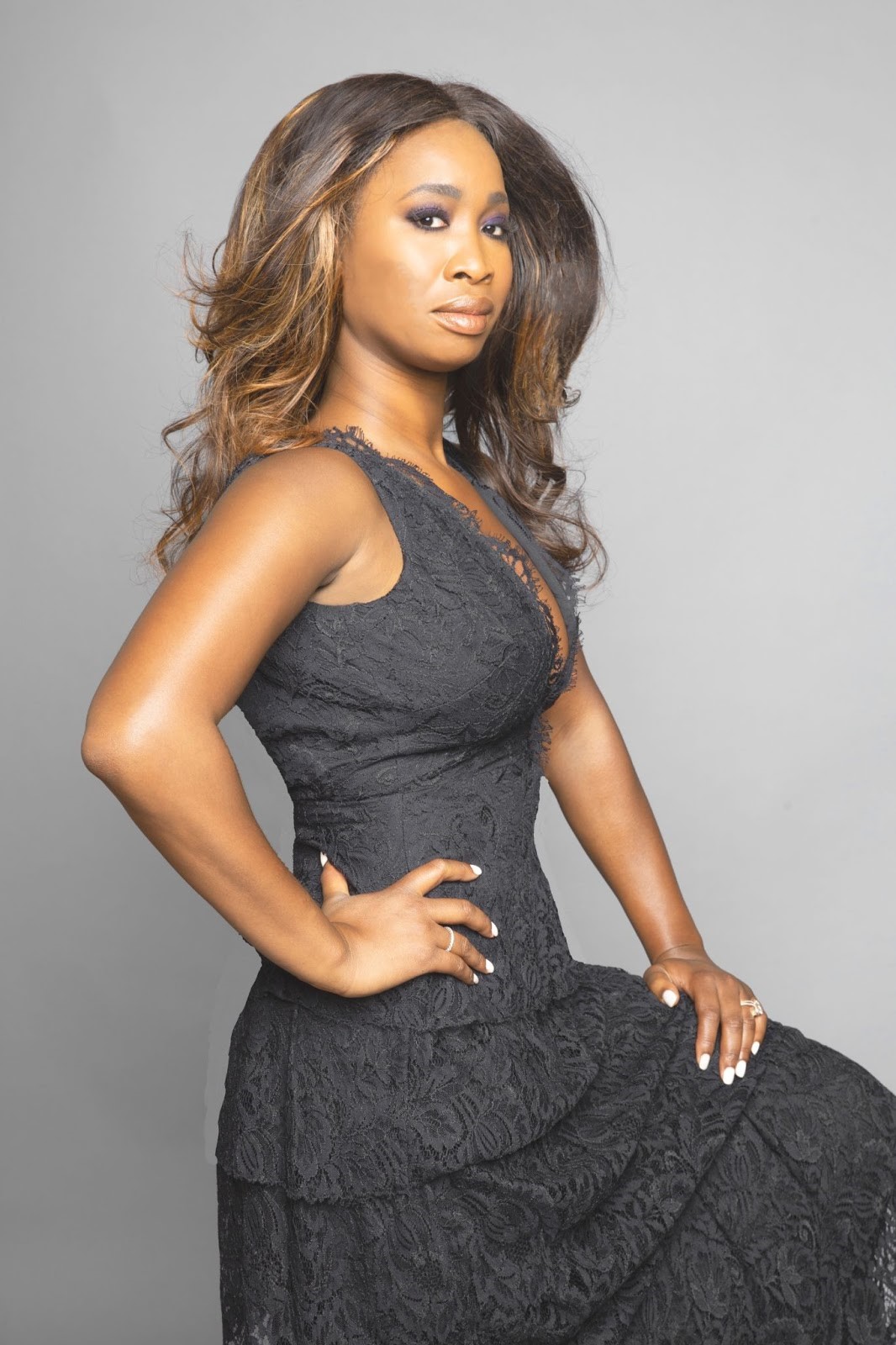Building For Everyone, An Approach to Inclusive Product Design
March 8, 2021
Annie Jean-baptiste, Author Of Building For Everyone

At the end of the day, everyone wants to feel seen. It’s important to understand that feeling seen, validated, and respected is a core human need. And as creators, designers, and product owners, we should aim to ensure everyone truly feels like they were thought of when they pick up a product or use a service.
Product inclusion is about ensuring that we build inclusive, equitable products that are helpful to everyone in the moments that matter most. No matter where you are in the world, who you love, what color your skin is, or any of the things that make you unique, you should feel like products and services are meant for you.
The focus of Building for Everyone is to ensure that there is a practical approach to inclusive product design across industries like fashion, medicine, tech, media and more. Because we’re building products for users who may not look or act or think like the teams building them, we need to make sure we’re bringing different perspectives to the table at key points in the process.
In order to truly build for everyone, we need to think about intersectionality. Too often, we think about dimensions of diversity in silos, but humans are multifaceted. For example, I always say “I’m not Black on Monday, a woman on Tuesday, and left-handed on Wednesday.” All of those things are always within me and affect my interactions with people and products.
When creating something for someone else, you must always ask, “who else?” We need to move from the positioning of giving historically underrepresented consumers a “seat at the table” to co-creation and full collaboration. When we do this, the outcomes are better for everyone because a diverse set of perspectives leads to higher innovation and solutions that can touch the lives of more people. Let’s build the table together where we all have a voice.
In the fashion industry, thinking about adaptable apparel, size inclusivity, unisex apparel, color palettes, and more are important. Thinking about the experience for historically underrepresented consumers is important as well. Who feels represented when they walk into a store? Who can maneuver easily throughout the physical space? Who opens a magazine or sees a billboard and sees someone like them reflected back? Who feels welcome when they first walk in? Thinking about the end-to-end process is critical to truly delivering on product inclusion practices.
There’s a misconception that historically underrepresented people don’t have power, but that simply isn’t true. Black consumers in the U.S. had $1.4 trillion in purchasing power in 2020. There are 1 billion people in the world with a disability. Women globally have $18 trillion in purchasing power and make many of the household decisions. Ensuring that we collaborate and co-create with historically underrepresented groups allows for the full richness of our world to be reflected back in product and marketing, creating more opportunities for businesses to really show up for their consumers.
In the fashion industry, thinking about adaptable apparel, size inclusivity, unisex apparel, color palettes, and more are important. Thinking about the experience for historically underrepresented consumers is important as well. Who feels represented when they walk into a store? Who can maneuver easily throughout the physical space? Who opens a magazine or sees a billboard and sees someone like them reflected back? Who feels welcome when they first walk in? Thinking about the end-to-end process is critical to truly delivering on product inclusion practices.
Ways to bring more perspectives to the table:
- Identify what underrepresented groups are not part of your current customer base. Lead focus groups or tap into online surveys to reach out to these groups. Be sure to be respectful of their time and provide recognition.
- Work with agencies led by underrepresented founders, suppliers, models, directors, photographers, and more. It’s important to think about the end-to-end process.
When we are humble and lean into building products and services with empathy, unlimited opportunities abound. Let’s build products that truly represent the beautiful diversity of our world.
Annie Jean-Baptiste is the author of Building for Everyone, the first book about building inclusive products across the intersections of 12 dimensions of diversity. Annie is passionate about making the web work for underserved communities while ensuring that Google is a place where everyone shines for their differences.
She currently serves as an intrapreneur in residence at the University Pennsylvania’s Graduate School of Education, a facilitator for Penn’s Chief Learning Officer Business Acumen program and a member of both the CTA Health Equity and Access Leadership (HEAL) Coalition and sits on the IEEE’s Executive committee, Ethically Aligned Design committee and co-chairs the DEI committee. She’s been inducted into the Haitian Roundtable’s 1804 society as “One to Watch” and inducted as one of the 30 Black Stars for Face to Face Africa in 2019. Annie is a former American Heart Association spokesperson and a One Young World ambassador, focused on healthy lifestyles in underserved communities. She is also a former Hack the Hood mentor.
Annie is also the Head of Product Inclusion at Google. She leads Product Inclusion strategy across the company and consults with various Alphabet companies, including consultation, communications, scale and research and created the movement 3 years ago as a way to ensure underrepresented users felt validated throughout the product design process.
She formerly created programs related to Diversity talent management and career development within several technical product areas within Google.
Her book, Building for Everyone, is available now. Connect with her on social media: @its_me_ajb.